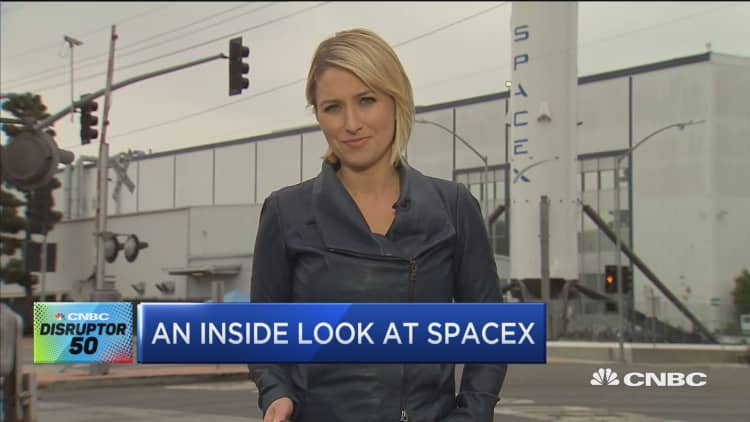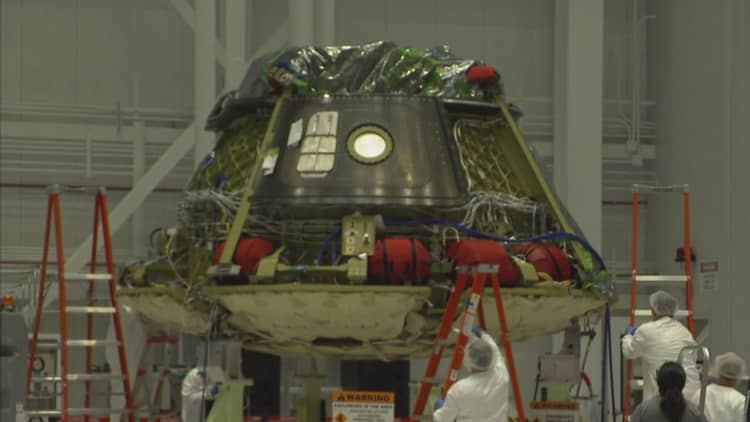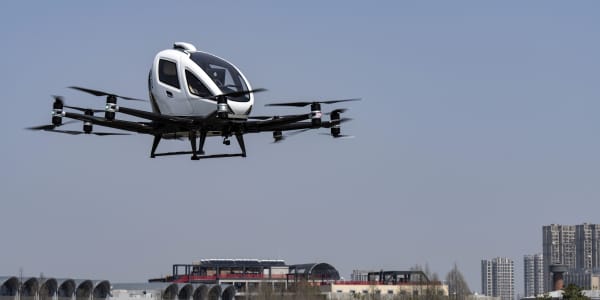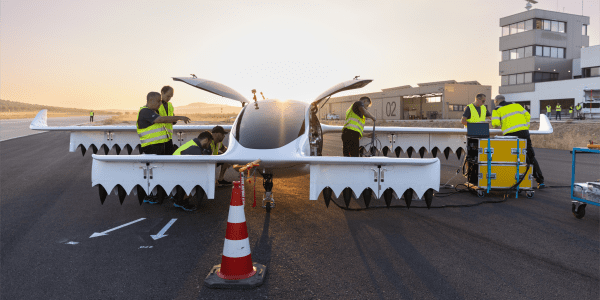NASA is likely to further delay its program to send U.S. astronauts to the International Space Station using capsules developed by Boeing and SpaceX, according to a report published Wednesday by the Government Accountability Office.
"Further delays are likely as the Commercial Crew Program's schedule risk analysis shows that the certification milestone is likely to slip," the GAO said in the report.
"Additional delays could result in a gap in U.S. access to the space station as NASA has contracted for seats on the Russian Soyuz spacecraft only through November 2019," the report says. NASA "does not have a contingency plan for ensuring uninterrupted U.S. access."
Boeing and SpaceX did not immediately respond to CNBC requests for comment.
Commercial Crew is NASA's solution to once again launch U.S. astronauts from U.S. soil. Since the end of the Space Shuttle program in 2011, astronauts have flown aboard Russian Soyuz — at a cost to NASA of more than $70 million per seat. NASA's new program is competitive, with contracts up for grabs for Boeing to win with its Starliner capsules and SpaceX with its Dragon capsules.
The development programs for both companies' capsules have been steadily delayed, with each expecting to complete uncrewed test launches in August at the earliest. NASA was expected to certify Boeing in December 2019 and in January 2020, according to analysis earlier this year, but the GAO says further delays are expected. The existing timeline already causes a one-month gap, at minimum, in NASA's contracts for seats with Russia and the first launches of Boeing and SpaceX.
"Senior NASA officials told us that sustaining a U.S. presence on the ISS is essential to maintain and operate integral systems, without which the ISS cannot function," the GAO said.

NASA awarded the current contracts in 2014. Since then, the program has had 13 quarterly reviews, according to the GAO, with Boeing reporting delays in key program developments during seven reviews and SpaceX reporting delays at nine of them. As recently as June, NASA officials told the GAO that the publicly known dates for the remaining development, testing and certification "may change soon," the report says.
"As a result, NASA is managing a multibillion dollar program without confidence in its schedule information as it approaches several big events, including uncrewed and crewed flight tests," the GAO said.
In a February 2017 report, the GAO found Boeing and SpaceX would be unable to meet the original 2017 certification goal, expecting to delay until 2018. NASA developed a contingency plan in response, purchasing additional seats on Russia's Soyuz capsule and giving access to the ISS through 2019.
While both contractors continue to make progress, neither has "yet provided official updates to their schedules to NASA," the report said. In addition, NASA has "not fully shared information with Congress regarding the risks of future schedule delays," GAO says, and legislators are unaware of the growing possibility of a scheduling gap in space station access.
If Boeing and SpaceX can stick to the current schedules, the GAO said, "a gap in access to the ISS is not expected." But NASA is already considering other options, according to the report. One option is to "refine the remaining Soyuz launch schedule" for access into January 2020; another is to turn some test flights into operational flights by adding more crew members and extending the length of the flights.
The report includes five recommendations to NASA. The GAO said the agency concurred with three — the need for a contingency plan, more documentation and the need to restructure the "dual hatted" safety technical authority — but only partially concurred with the GAO's recommendation that the agency more clearly define its risk tolerance level for the loss of crew. NASA did not concur with the GAO's recommendation that NASA should include Commercial Crew schedule updates in its quarterly reports to Congress.
WATCH: Behind the scenes at Boeing's Starliner space capsule plant







